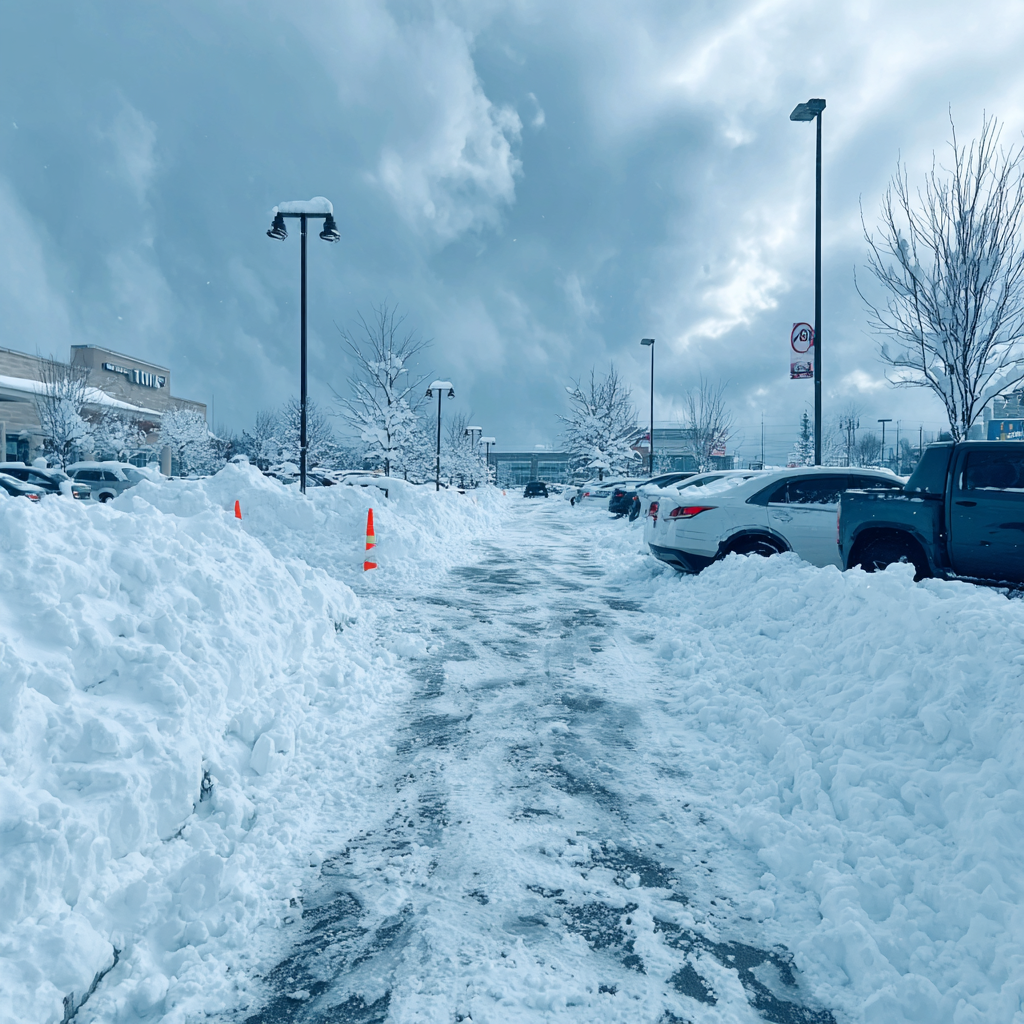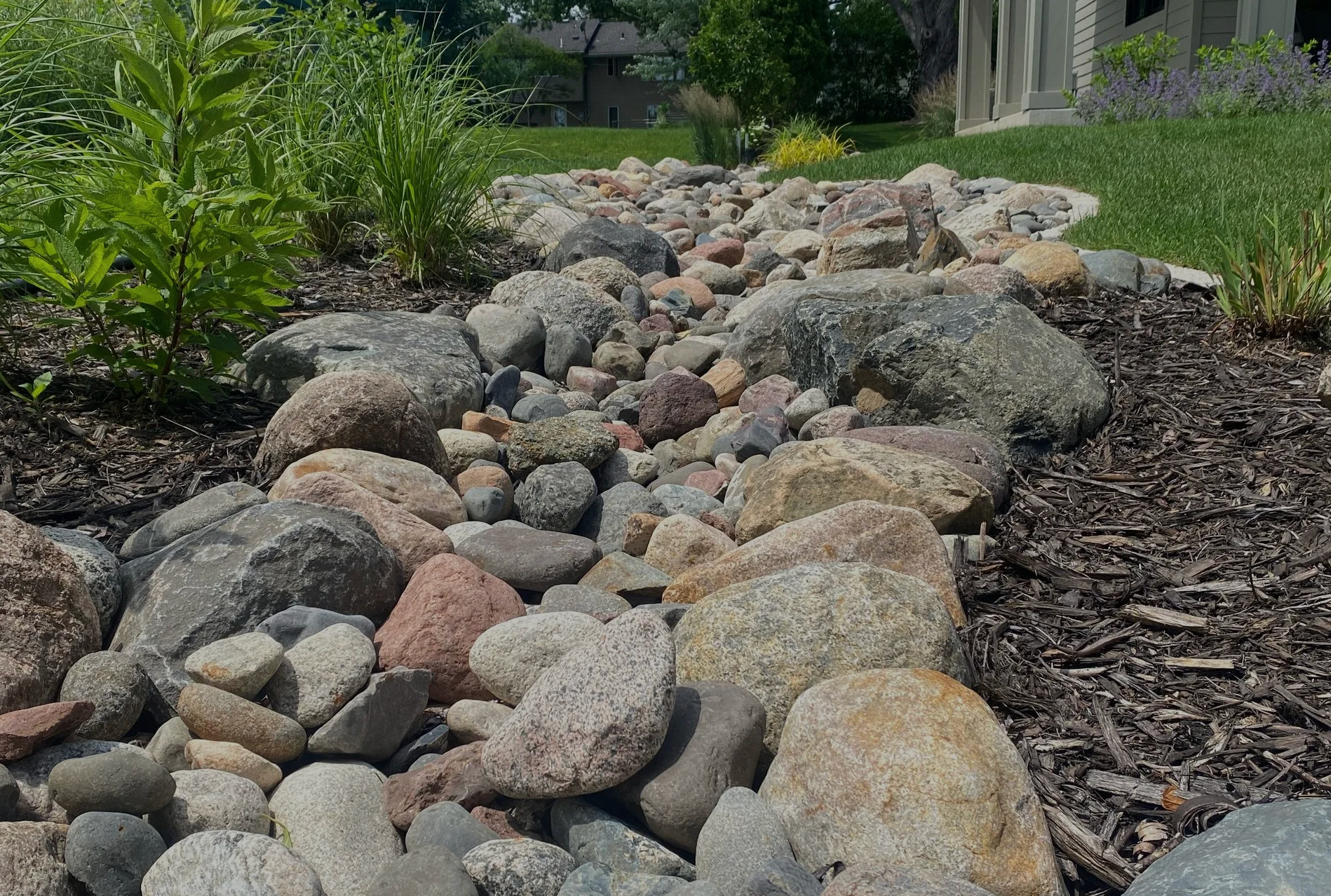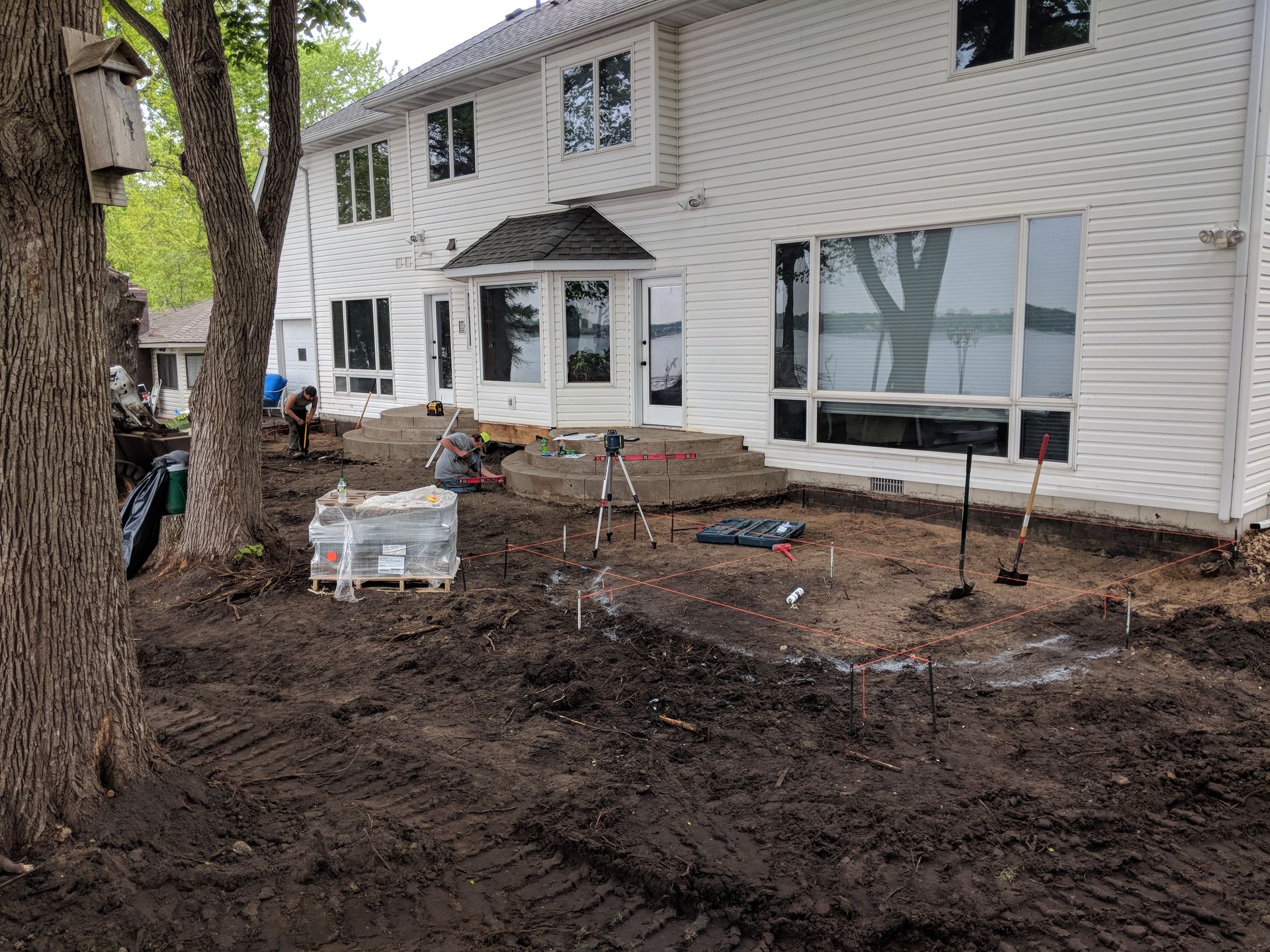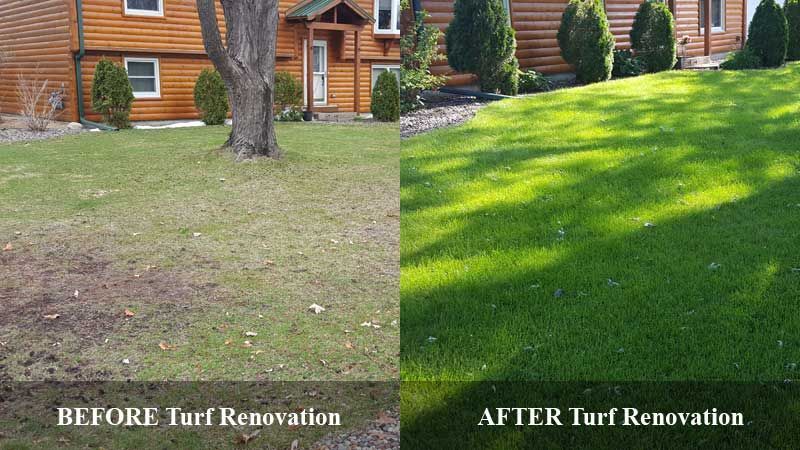Why Winter is the Perfect Time To Prune Your Trees
It isn’t uncommon for many homeowners to look at the winter months as a break from completing outdoor landscaping tasks. During the rest of the year, we’re gardening, mowing, pulling weeds, and raking. However, during the winter months, there’s relatively less work to complete.
That is, of course, unless you have trees on your property.
Tree trimming
is a landscaping task that occurs during the winter months. We’re going to discuss why winter is the perfect time of year to prune your trees.
When to Prune
While it may be tempting to prune during the warm months, winter is
when to prune shrubs and trees
. Completing your pruning during the late winter months is ideal. You’ll find this is especially true if you’re working with trees that are woody and aren’t heavy with sap. When completing late-winter pruning, you’re helping promote a faster regrowth period during the spring.
How Winter Tree Pruning Occurs
Before you can begin this maintenance task, you must know
how to prune trees
. Before picking up any tools, you must have a clear understanding of the end goal and tree knowledge. Here are some tips for
Winter Tree Pruning
:
Why Can’t Spring or Summer Tree Trimming Occur?
Ideally, it’s best to trim your trees when they’re dormant. However, it’s still possible for pruning to occur when it’s not freezing outside if you prefer not to be in the elements. However, when a tree’s branches are full of leaves, it’s more challenging to see where problem areas are – like diseases, crossing branches, or damage.
If you must conduct this task during a non-winter month, do it as early in the spring as possible. That way, the sap hasn’t begun to run in the tree as fast. Also, the leaves aren’t protruding on the branches as much. Therefore, you can see problem areas with fewer issues, and the tree can still sustain injuries.
Summer tree trimming proves the most difficult. You’ll find the most leaf production on branches, and trees have a harder time recovering from cuts. It’s more challenging to identify branches with issues during the summer.
However, there are always exceptions to this pruning rule. For example, birches, dogwoods, elms, maples, and walnuts all benefit from tree trimming in the summer. The main reason is that, when trimming these trees in the summer, you’ll avoid the sticky mess that occurs during other seasons.
About Winter Tree Pruning
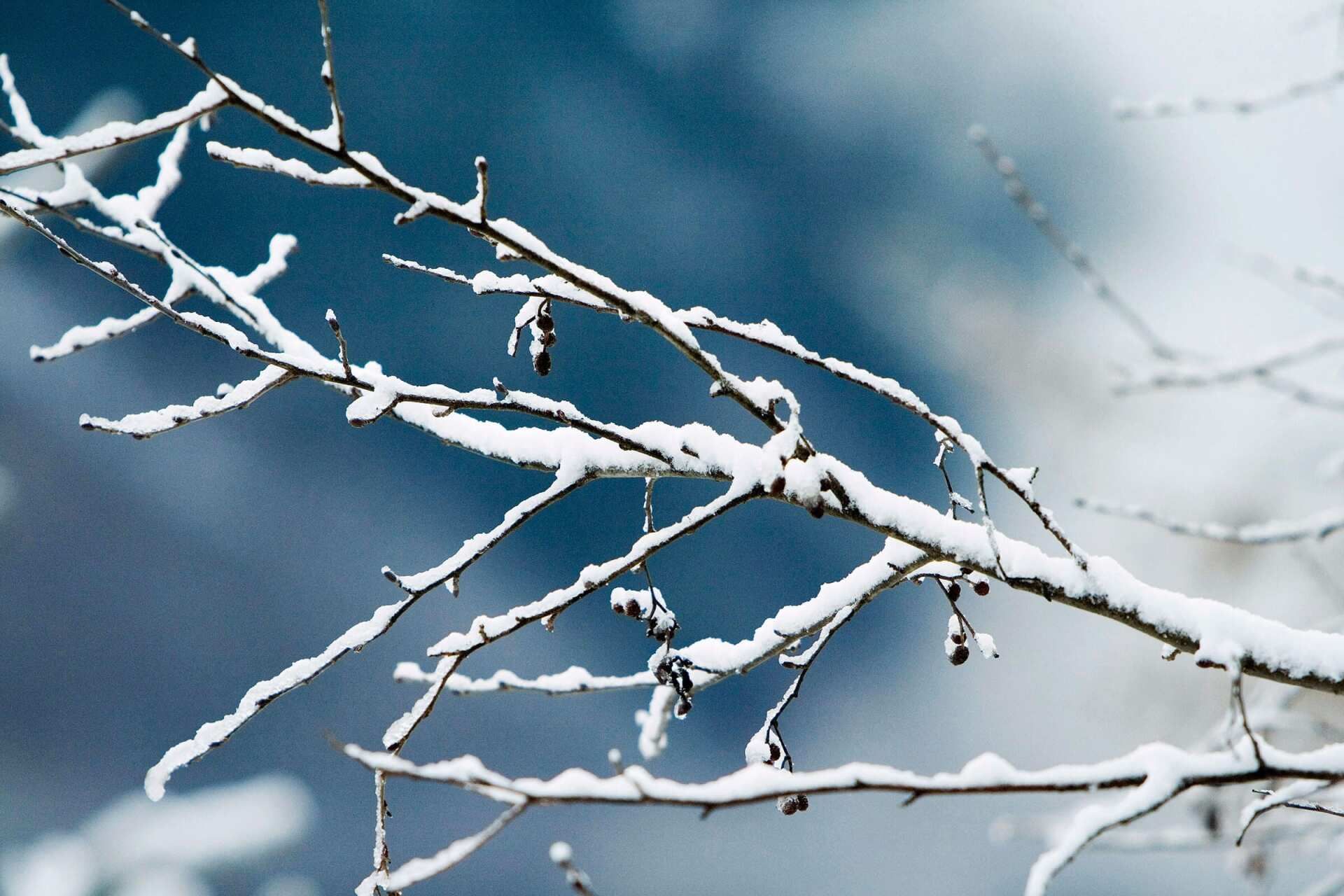
Because trees aren’t actively growing in the winter, pruning during this time of the year is optimal. You’ll find that the majority of trees on your property won’t have any leaves. That makes identifying problematic areas less challenging.
Ultimately, the goal is new spring growth, and pruning in the winter helps with that. Be sure you’re waiting until after the coldest part of the season passes. Otherwise, you’re leaving your tree vulnerable to extreme cold snaps. Generally, all species of trees can sustain trimming throughout the winter months.
Because trees are in a “relaxed” state during winter, they won’t feel the need to recover when experiencing a fresh pruning cut. Each time you trim off hindering or dead branches, you’re lifting a massive weight off the tree, leaving them with extra energy reserves and root to heal and grow stronger in the spring. In the following sections, we’re going to discuss the benefits of
Winter Tree Pruning
.
It’s Less Stressful for the Tree
Winter Tree Pruning
is less stressful. Did you know that, when you complete
tree trimming
during active growth periods, trees experience stress? That leads to the stimulation of aggressive growth and, before the temperature drops, that growth won’t be able to harden.
Throughout the winter months, trees go dormant. That means it’s the optimal time for
tree trimming
to occur. During this period, trees have extra energy reserves available. Therefore, this allows them to heal more rapidly.
You’ll Achieve Better Results
During the winter months, pruning will yield a better result. When all the leaves drop and branches are bare, it’s easier to view where pruning needs to occur. In doing so, you’ll maintain the tree’s structural integrity.
You’ll also be able to spot vulnerable areas with the least amount of trouble. These areas include branches with damage or disease. Therefore, your pruning efforts become more efficient. That means you’re mitigating risk and promoting a healthier tree.
Winter Offers Better Disease Protection
What many may not realize is the cold weather of the winter months offer protection after you
prune trees
. Each time a cut happens in a tree, just like when you get a wound in your skin, it becomes susceptible to infection. Pests and microbes use these cuts as entrances into the tree.
As a result, the tree could potentially experience a disease. However, during the winter months, the majority of pests are also dormant. Bacteria, insects, and fungi are less likely to infect during
Winter Tree Pruning
.
Less Winter Damage Occurs
During winter, if
Winter Tree Pruning
doesn’t occur, you’re opening your property up for dangerous conditions. When high winds occur, or significant amounts of ice or snowfall, that causes weakened tree limbs to experience breakage.
During high winds, old or dead trees will also fall. Completing trimming during a tree’s dormant cycle can assist in rejuvenating weaker trees. That happens when you remove damaged or dead wood.
Remove all diseased or dead trees from your property that could fall during a storm. Completing this process also gives your healthy trees more space to grow. If the trees are large, you may need to contact a licensed professional for help.
Preserve Your Property’s Appearance
When you prune your trees, you’re helping shape them, so they grow in a way that’s optimal for your property. For example, if you need them to avoid interfering with walkways or structures, or constrain or promote growth.
Neighboring plant materials also benefit from
Winter Tree Pruning
. You’ll find that these materials, for the most part, are also dormant during the winter months. Therefore, disturbing them is less likely. And, because the ground is firmer, there’s even less chance of equipment damaging your landscaping.
There’s More Time in the Winter
When you’re trying to develop a
pruning schedule
, you’ll find that there’s more time in the winter. The main reason is, during the rest of the year, you most likely have your hands full with other landscaping tasks. Consider how much time you’re spending in your gardens and mowing. You may be wondering
when to prune shrubs and trees
?
That’s another reason why it’s optimal to complete
Winter Tree Pruning
. There’s less landscape maintenance because just about everything has gone dormant. After you finish winterizing your yard, landscaping tasks come to a halt aside from clearing snow. That means you’re free to complete trimming jobs around your property.
Completing these tasks in the winter also saves you a considerable amount of time during spring clean-up. There are enough chores to tend to during that time of year, why add cleaning up fallen limbs or pruning?
A Note About Tree Pruning
Once you plant a new tree, there’s no need to complete any pruning or trimming. Give it at least one year to establish itself before any winter pruning occurs. If any branches grow with poor positions or you want to help the tree develop its form, prune it over the next few years.
You’ll need to prune trees once they establish to remove dead or diseased branches. If you have a tree that’s undergone neglect, you’ll need to prune it to reduce excess shade and control its size. It may also be necessary to prune it to prevent branches from rubbing buildings, each other, vehicles, or wires.
You must not cut more than one-fourth of the tree’s branches annually. If you find a tree that needs extensive work, spread it out throughout two or three winters. Otherwise, if you cut more than twenty-five percent of its branches, you’re compromising its viability.
Final Thoughts
Winter Tree Pruning
is probably a task that isn’t on your radar. The main reason is that we’re so busy with other landscaping tasks, there’s no room for a
pruning schedule
. However, you must develop a plan for this if you want to maintain the health and structure of the trees on your property. You’ll find this is particularly true if you plant a new tree and want to encourage its development throughout its life. Contact KG Landscaping today with questions about tree trimming!
The post Why Winter is the Perfect Time To Prune Your Trees
appeared first on KG Landscape Management.



